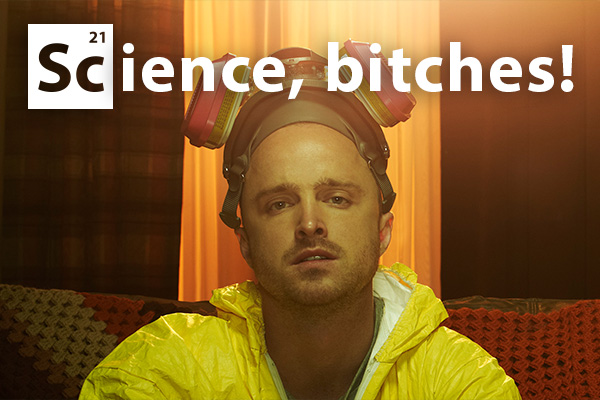Science, Bitches | Issue 5
I Believe In Brainwaves
You want to reach the light, but you hear a voice calling you back to reality. You look down and see yourself, unconscious and drooling on your laptop. As much as you try to resist, you are sucked back into your body and, suddenly, you wake up.
Your experience is not unique. Many others have had out-of-body experiences, usually during cardiac arrest, on the edge of life and death. Some say they were hovering over their dying bodies, watching doctors revive them. Others met their deceased loved ones or spiritual beings.
These accounts ó the oldest of which was written by a French military doctor in the eighteenth century ó date back to the Middle Ages. Some are comforting ó suggesting that there is, in fact, an afterlife or that death is most likely a peaceful experience. There are also creepy stories, as in the case of Pam Reynold, a singer/songwriter who underwent brain surgery in 1991 and could remember parts of the operation in vivid detail. She could even describe the bone saw that was used to operate on her skull.
As scientists have been mystified by this phenomenon, Jimo Borjigin and his team at the University of Michigan have been learning about the dying human brain by studying rats, whose brains are surprisingly similar to ours. The team implanted electrodes into the brains of nine rats before giving them lethal injections and monitoring their brain activity until death. Activity in the ratsí brains spiked just before death, displaying dramatic electrical signals that were tremendous in comparison to the ratsí normal activity.
The scientists attribute the activity to a lack of oxygen combined with the brainís last attempt to survive. Though there is no evidence that the rats saw bright lights or had out-of-body experiences, Borjiginís findings suggest that the human brain may display unusual activity before shutting down. This may explain the varied accounts of near-death experiences, implying that these experiences are similar to a vivid dream.
Whether you believe that angels will deliver your soul to heaven or that the peace that comes with death is simply a chemical reaction, it looks more and more like the transition to death isnít as scary as most people think. Thatís science, bitches.



